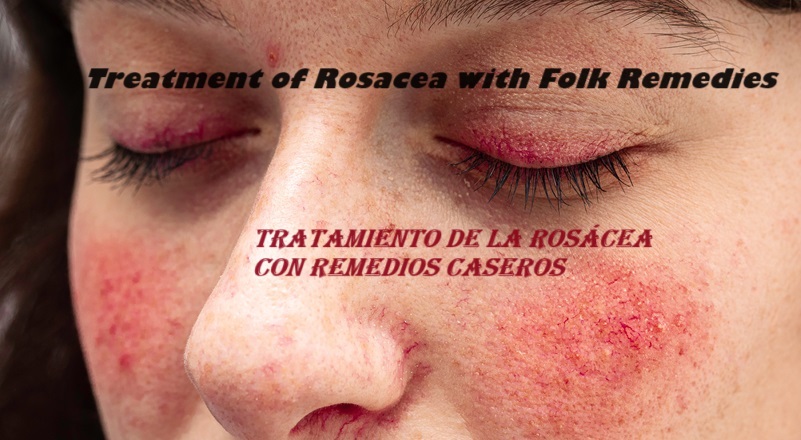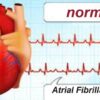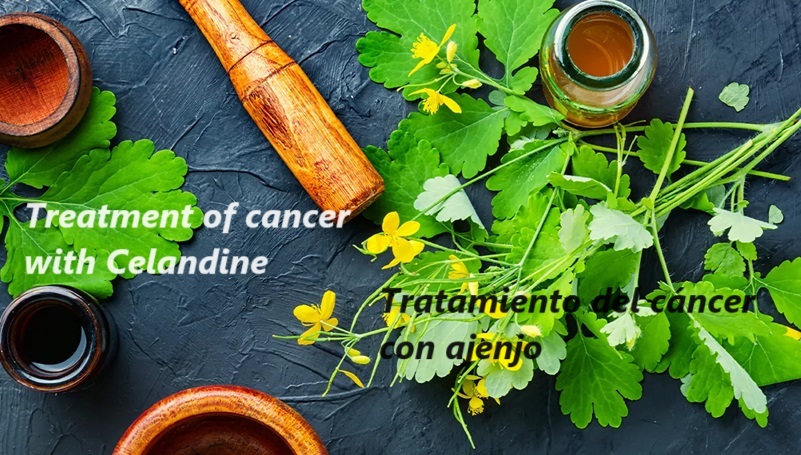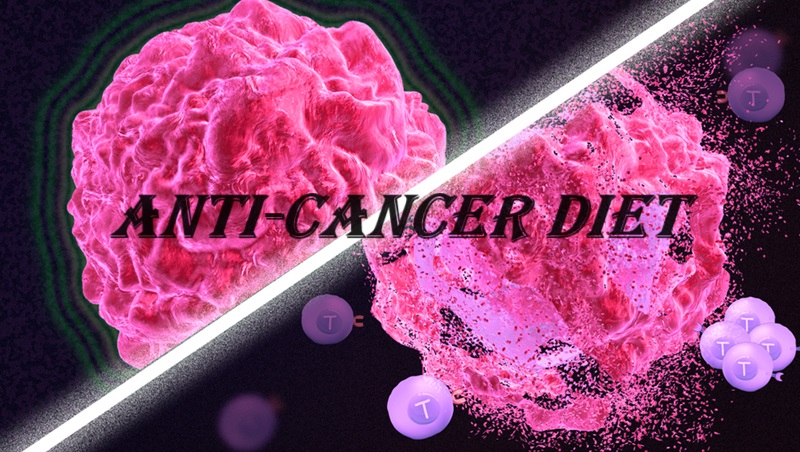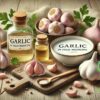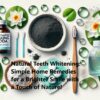Redness on the skin, appearance of acne in the nose area, cheeks, and chin are signs of rosacea. Although the condition does not cause irreparable harm to a person, it brings a lot of discomfort, and treating rosacea with folk remedies is one way to restore clear and beautiful skin.
The disease arises from the involvement of the trigeminal nerve, a compound nerve composed of the ophthalmic, maxillary, and mandibular nerves. Blood vessels in the area of the trigeminal nerve are affected, and the results are visible on the patient’s face.
Recent research has shown that every second case of rosacea is accompanied by keratitis, eye damage, leading to decreased vision.
Causes and symptoms of rosacea
While the exact cause of rosacea is not known, several factors influence the development of the disease, but none of them are sufficient to initiate the condition.
Factors influencing the onset of rosacea include:
• Sun exposure,
• Stress,
• Hot and humid weather conditions,
• Physical exertion,
• Alcohol, spicy, and fatty foods.
It has also been established by medical professionals that a significant portion of those with rosacea (from 40 to 80%) had gastritis, so gastrointestinal tract disorders are considered one of the causes of rosacea. There is a high probability of developing the disease in middle-aged and elderly people with endocrine and immune system disorders (diabetes, menopause in women, etc.).
Symptoms of rosacea of a visual nature include:
• Redness of the face, back, and chest,
• Skin thickening in areas of redness,
• Appearance of bumps, which eventually turn into pimples and acne,
• Inflammation of the eyes.
The fact that the signs of rosacea manifest on the most visible part of the body can lead to significant psychological disturbances in the patient, so it is necessary to quickly diagnose the disease and start treatment. Medical and folk remedies for treating rosacea should be used when the causes of the disease are known.
It is important to know that while the exact causes of rosacea are not yet known, this condition is not infectious, as conclusively proven by medical professionals! Therefore, people surrounding those with a diagnosis of rosacea should by no means fear or shun them!
Treatment of rosacea
Timely initiation of rosacea treatment leads to almost one hundred percent recovery.
For the treatment of rosacea, both medical preparations and folk remedies should be consulted with a dermatologist, and only then should treatment be started!
Effective treatment is comprehensive treatment approved by a doctor.
Treatment of rosacea with medical means
External agents used for the treatment of rosacea include:
• Ointments;
• Creams;
• Gels.
These medications destroy bacteria and microbes and also have anti-inflammatory effects. Antibiotics are prescribed for treatment, but caution must be exercised when using them, as rosacea is a highly individual condition, and it is unknown how the patient will react to certain drugs and treatment methods.
In advanced cases or severe disease progression, stronger measures are prescribed:
• Laser treatment;
• Treatment with weak electric currents (electrocoagulation);
• Cold therapy (cryotherapy).
Treatment of rosacea with liquid nitrogen is considered a reliable and proven method of combating the disease. Liquid nitrogen, at a temperature of about 200 degrees below zero, affects the skin, destroying bacteria and microbes, and after exposure to cold, there is a sharp expansion of blood vessels and increased blood flow to the face.
One of the latest techniques, laser treatment, has also proven to be effective, as well as electrical stimulation of the skin.
Folk remedies for treating rosacea
When treating rosacea, it is important to avoid cosmetics and protect the skin from the sun with special creams! Even hair sprays should not contain acetone and oils, and it’s better not to use them temporarily.
The main principle of treating rosacea at home is the use of only natural substances and time-tested recipes passed down through generations.
For the treatment and restoration of affected areas of the skin, the following are used:
• Compresses;
• Infusions;
• Masks.
Various masks and compresses for the face reduce inflammation and disinfect the skin surface. Masks are often combined with taking decoctions internally, which significantly enhances the therapeutic effect.
In general, all folk methods, to some extent, are based on treating rosacea with herbs. However, since this disease arises from various causes in each individual, individual remedies should be selected for treatment, even if through trial and error.
Reliable and proven treatment recipes:
Propolis solution. A five percent propolis solution should be rubbed on the face at night, and in the morning, a thin film should be removed from the face using medical alcohol. Propolis has proven to be a very effective remedy for treating rosacea. Together with the solution, it is beneficial to consume a decoction of field horsetail, young burdock stems, and nettle leaves. Two tablespoons of such a mixture should be poured with half a liter of water and boiled for five minutes. Take one hundred grams of decoction before meals.
Another ancient remedy is cranberry juice. A clean gauze is moistened with cranberry juice and applied to the affected areas of the face for forty minutes. After that, the face is rinsed with clean water and lightly powdered. This procedure should be done once a day until the number of acne and redness decreases, then every other day, then every two days, and so on until complete recovery.
Face masks:
Aloe vera mask. Aloe vera is diluted with water one to one, gauze is soaked in the solution and applied to the face. Duration – 20 minutes. Applied every other day. 20 masks need to be done.
Cabbage juice mask. Warm cabbage juice is mixed with water in equal proportions. Like the aloe mask, it is applied every other day for 20 minutes, and 20 masks should be done.
Rosehip mask. Rosehip fruits are mixed with water in a ratio of one part rosehip to twenty parts water. Gauze is soaked in the warm infusion and applied to the affected areas of the skin. It should be kept for 20 minutes, but at the same time, it should be dipped in the warm solution at least 5-6 times per procedure. The procedure is performed every other day, but no more than 20 times.
Folk remedies for treating rosacea have been used since ancient times, and they have been quite successful. However, it is important to remember that climate and other living conditions are constantly changing, so a visit to a dermatologist is still necessary, even if folk remedies have shown excellent results!


